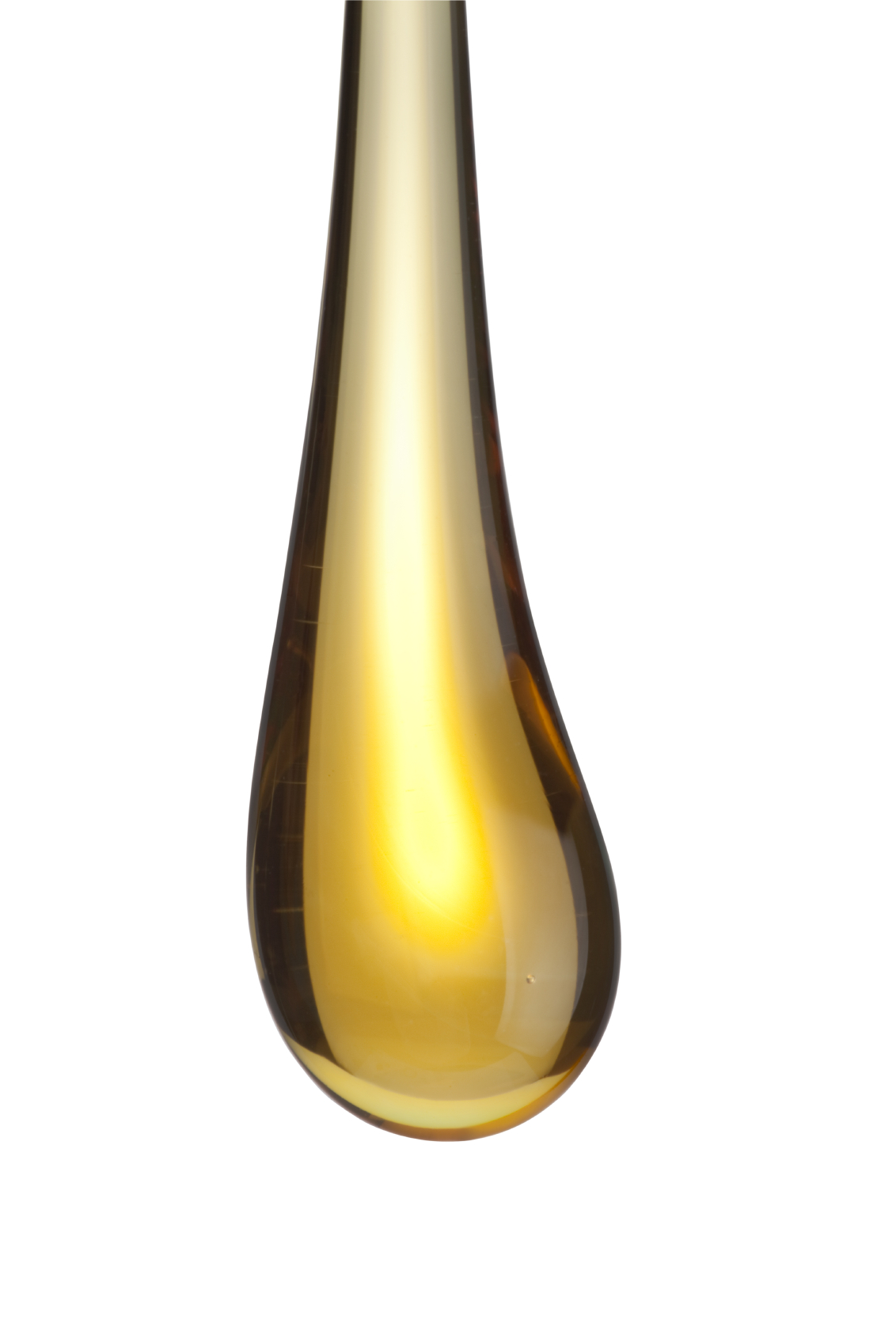3. Oil free

Ceramic measuring cells are dry measuring cells that operate without oil as a pressure transmitting medium. This distinguishes them from metallic measuring cells, where the pressure reaches the sensor element indirectly, transferred by internal oil. If oil is involved, there is always a potential danger that it could enter the process unnoticed, for example due to a rupture in a membrane. With corresponding consequences for the end products. Because the risk of contamination is ever-present in closed, pressurized manufacturing processes, oil-free sensors are being used more and more. Also, oil-filled measuring systems in combination with high temperatures are less suitable for vacuum applications.
Pressure transmitters with ceramic CERTEC® measuring cell are designed to avoid such risks entirely. Here, pressure acts directly on the sensing diaphragm, so there is no need for transmission oil. This technology thus fulfils the demand for oil-free processes, and completely eliminates the risk of entire batches getting contaminated. Also when it comes to zero point shift, users are always on the safe side: where there is no oil, no air can get trapped in the system, which can cause drift.
Pressure transmitters with ceramic CERTEC® measuring cell are designed to avoid such risks entirely. Here, pressure acts directly on the sensing diaphragm, so there is no need for transmission oil. This technology thus fulfils the demand for oil-free processes, and completely eliminates the risk of entire batches getting contaminated. Also when it comes to zero point shift, users are always on the safe side: where there is no oil, no air can get trapped in the system, which can cause drift.